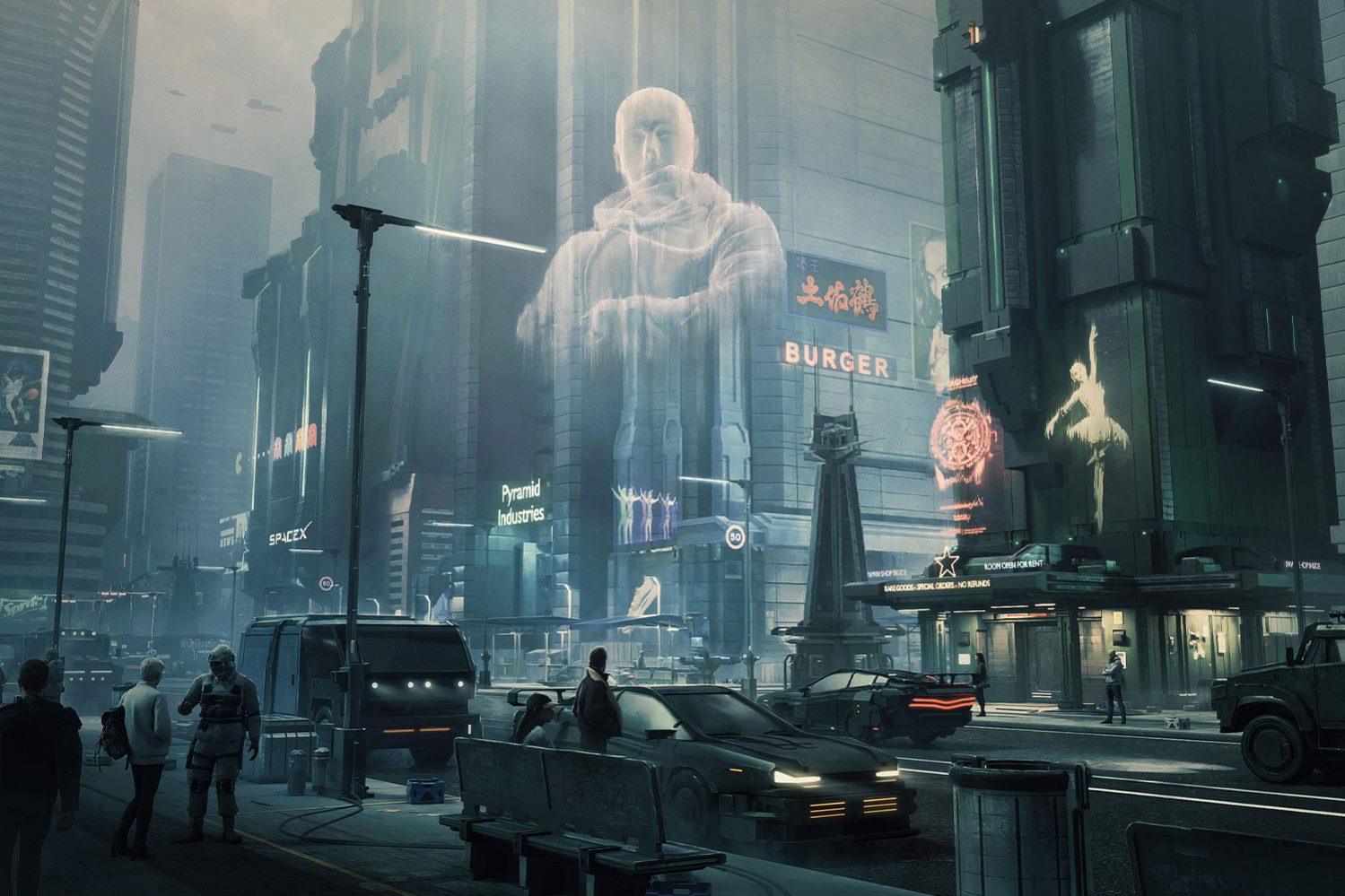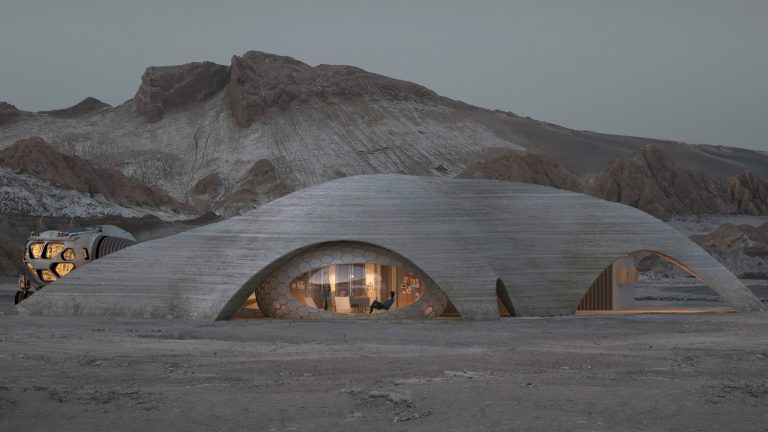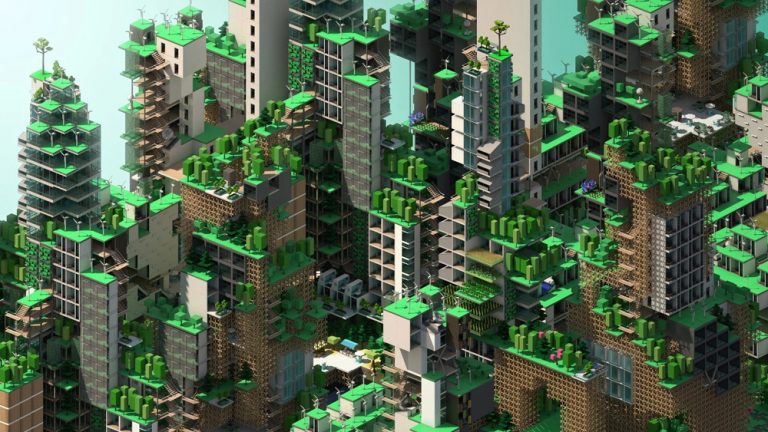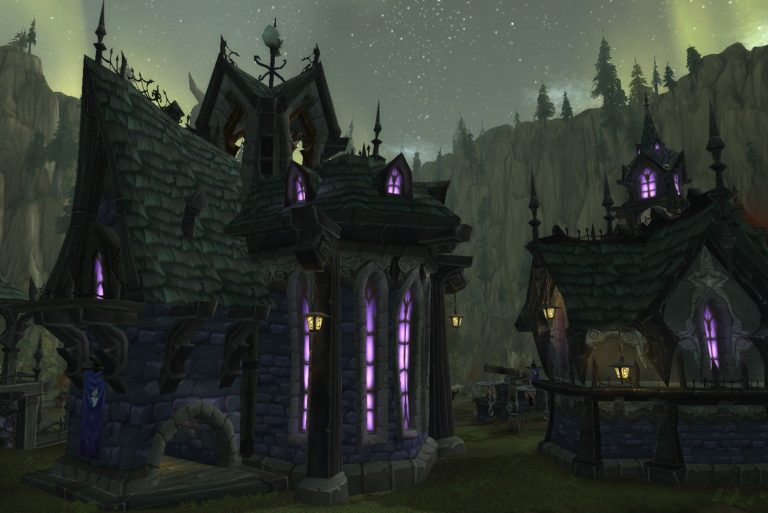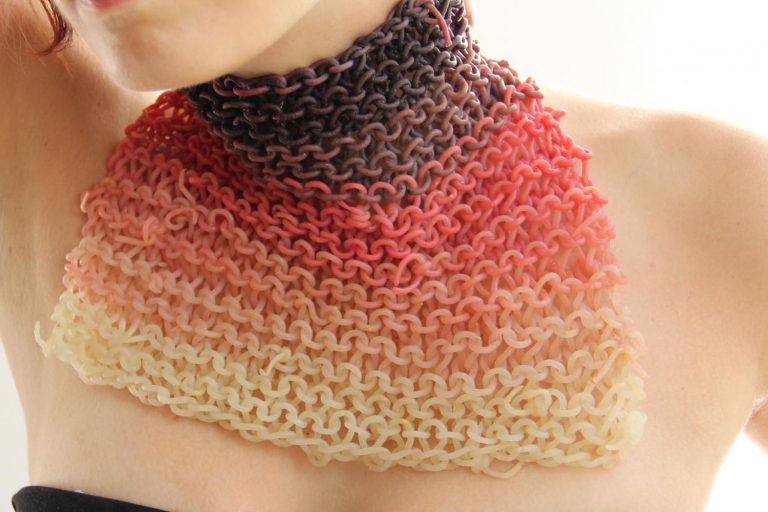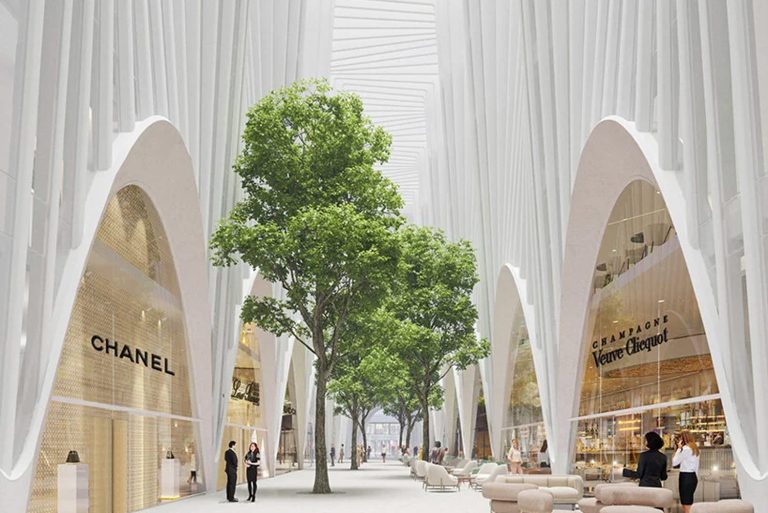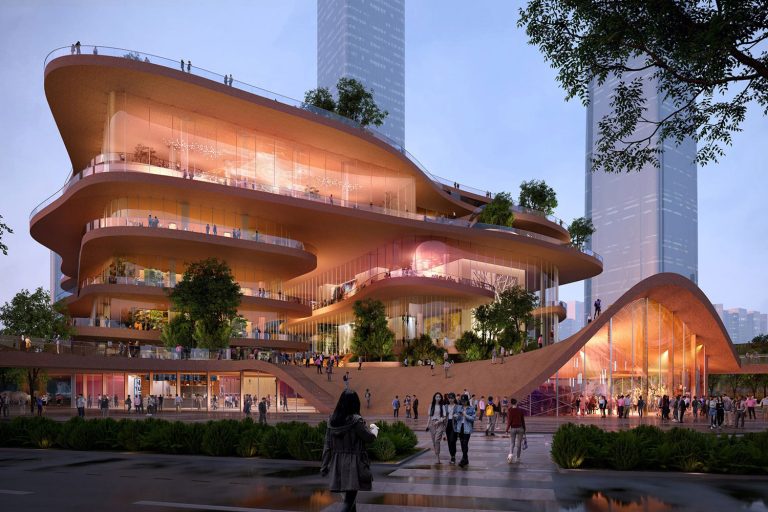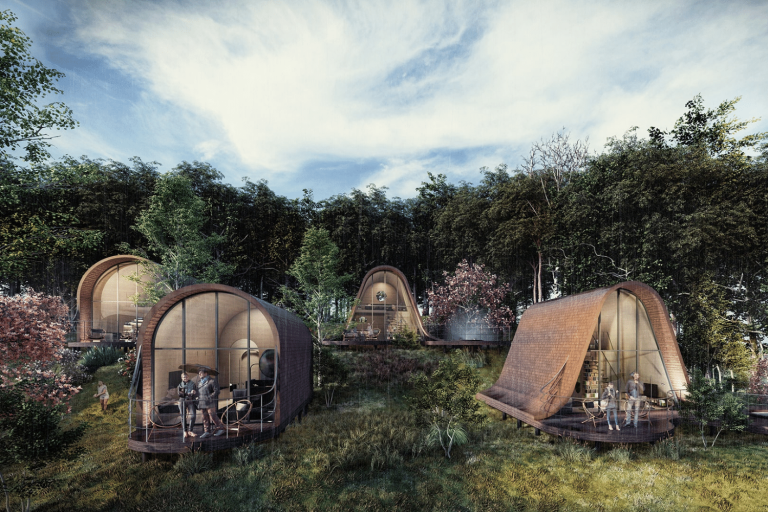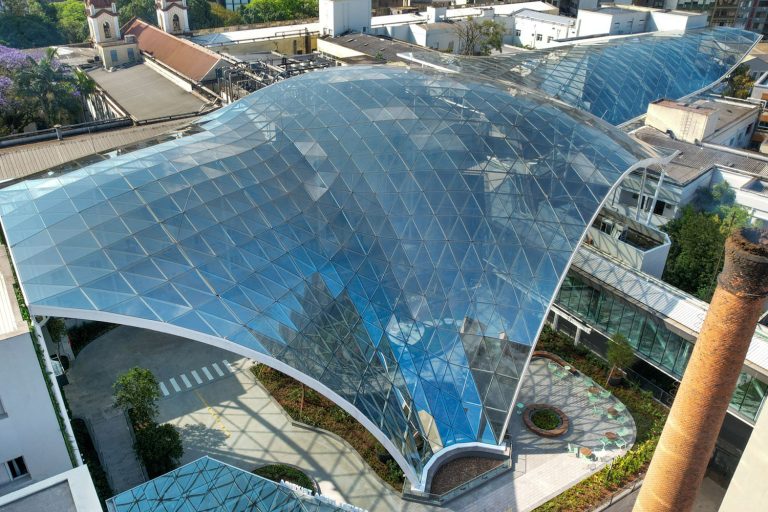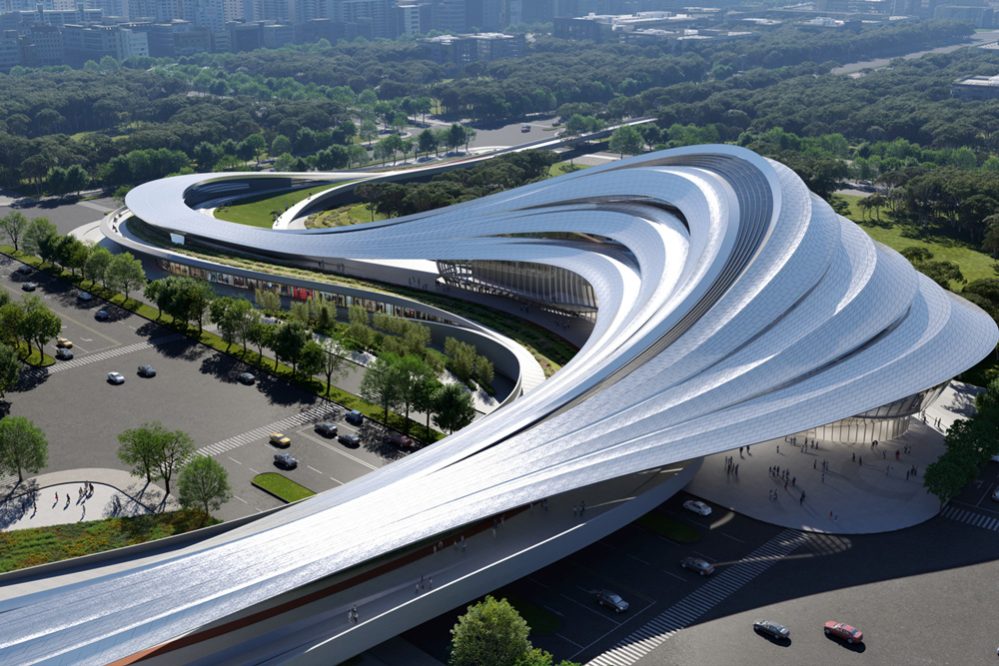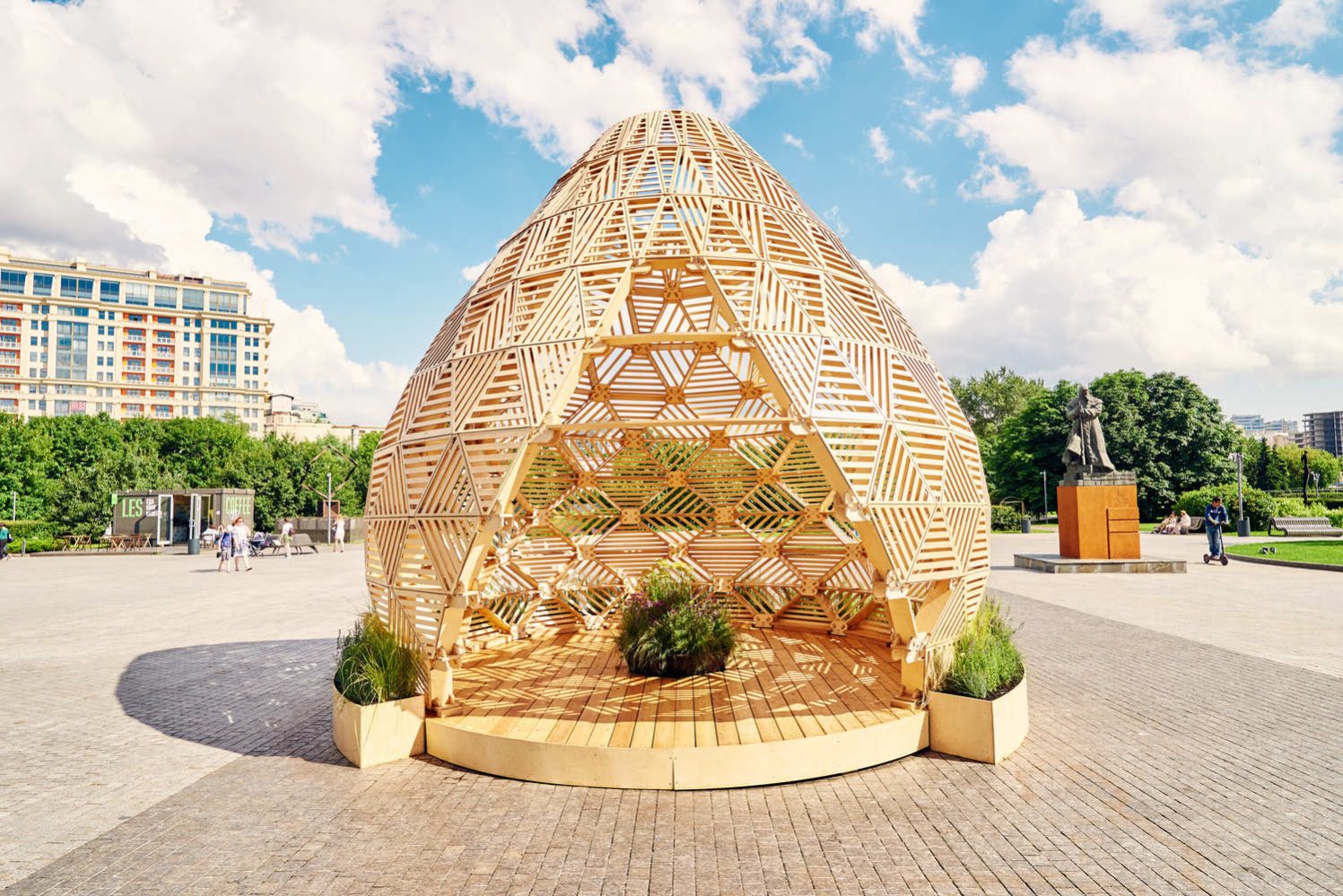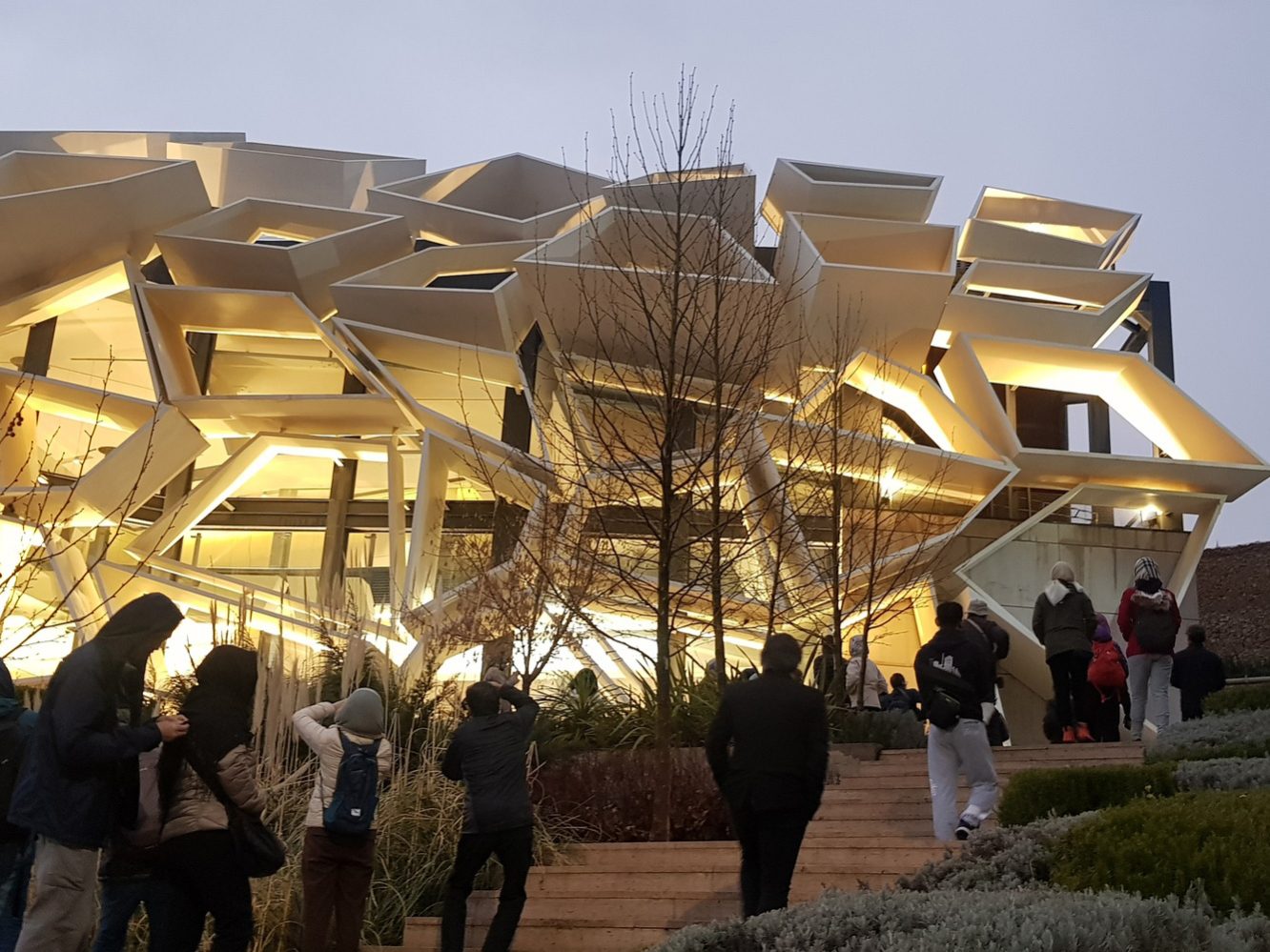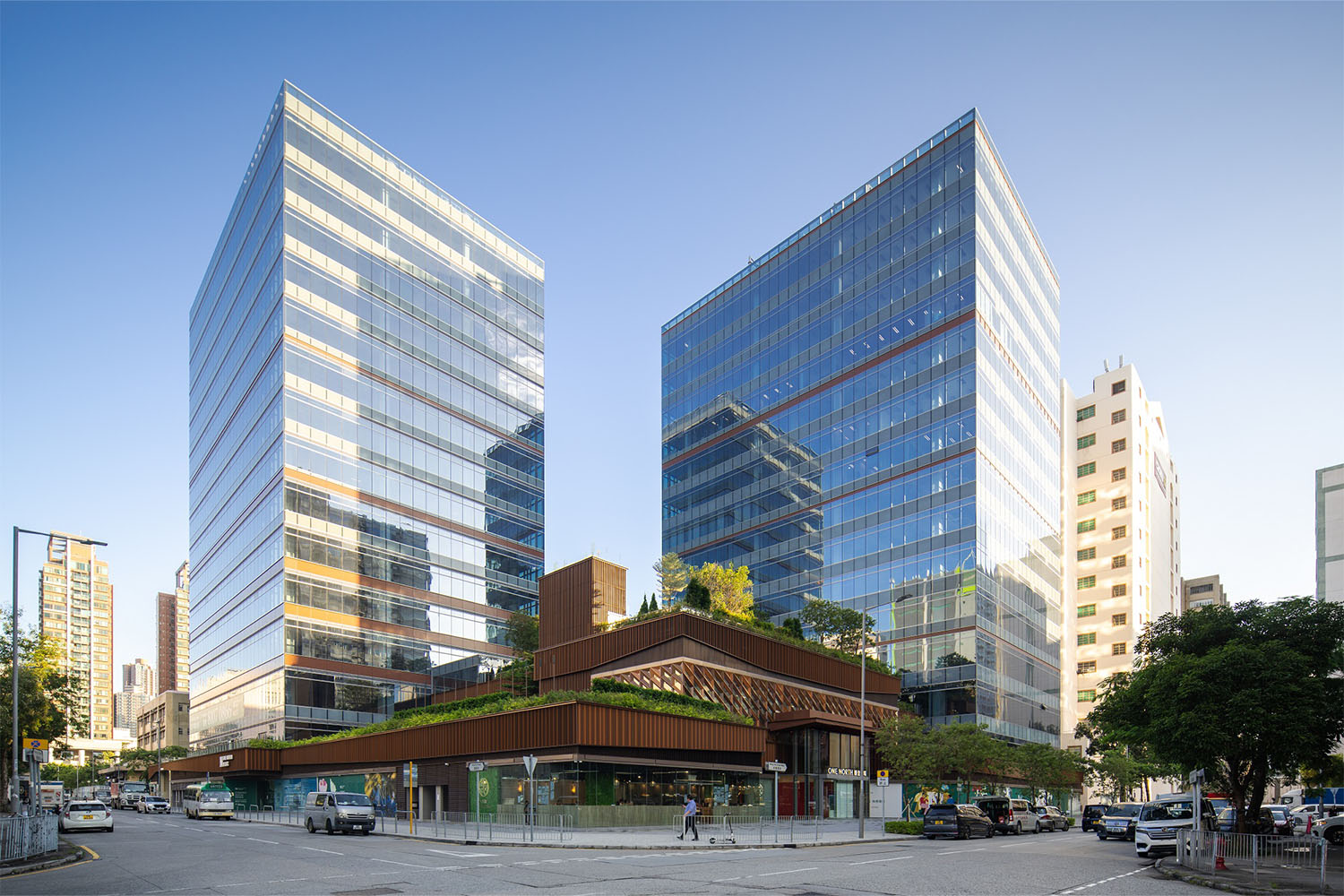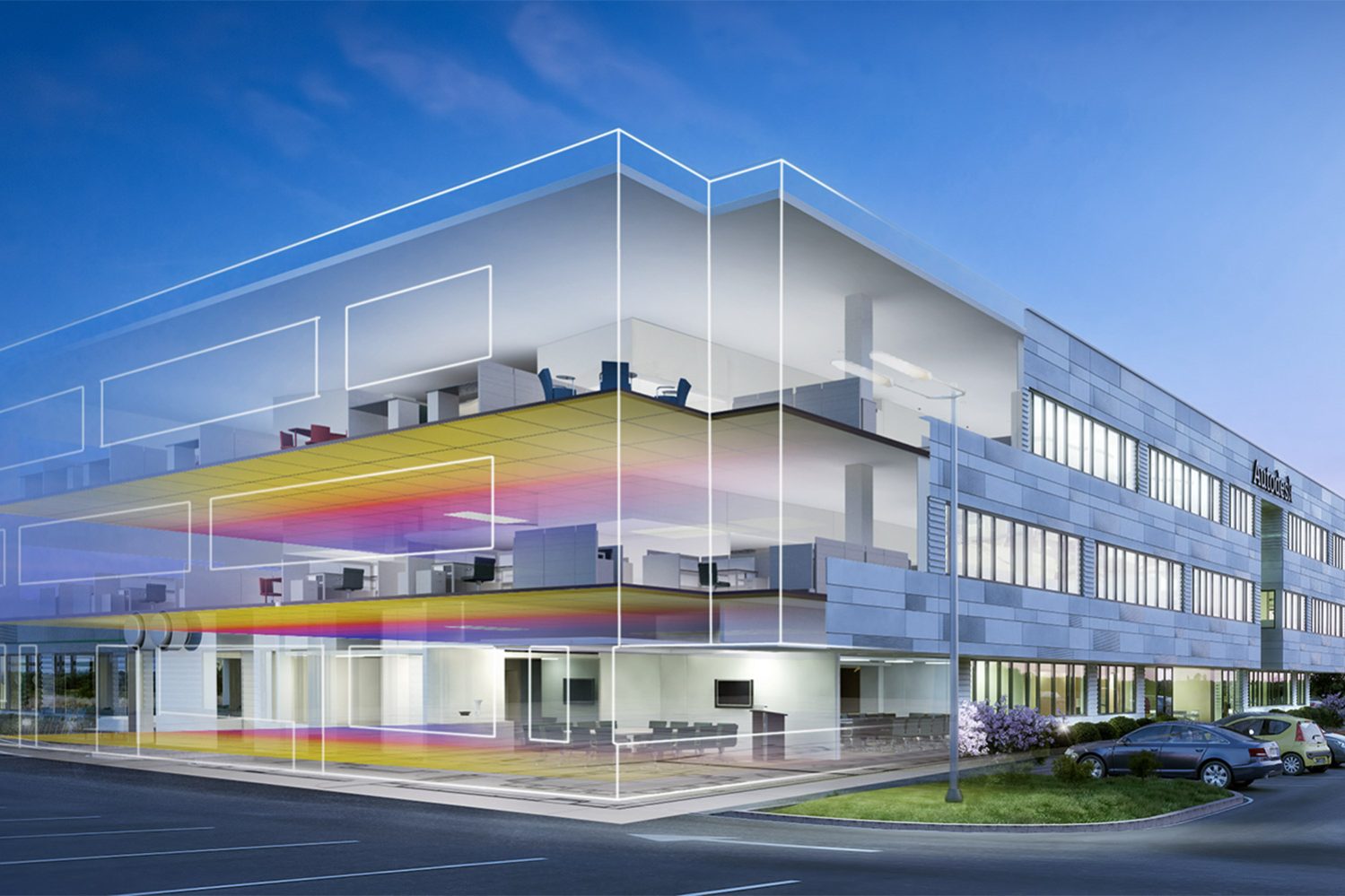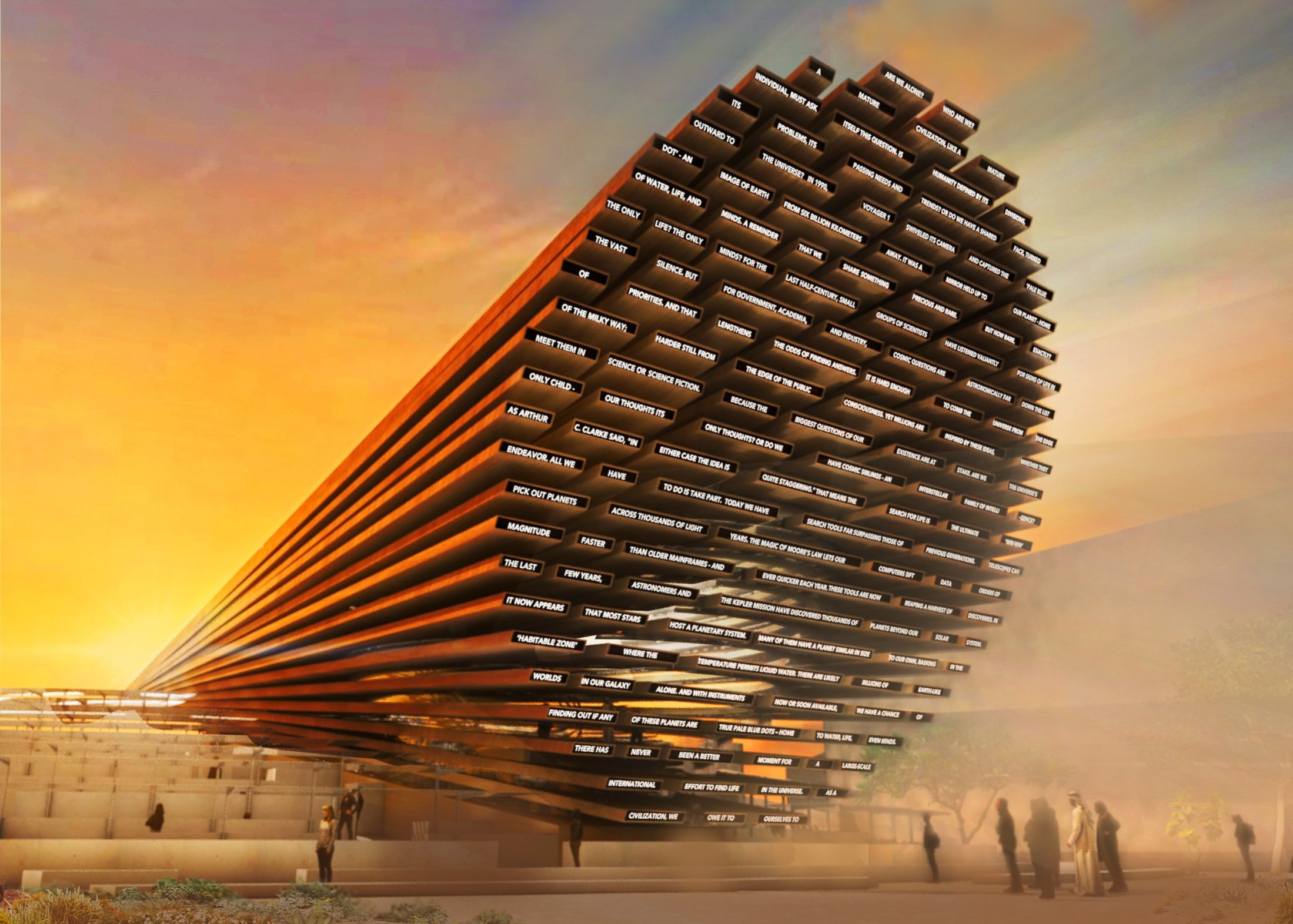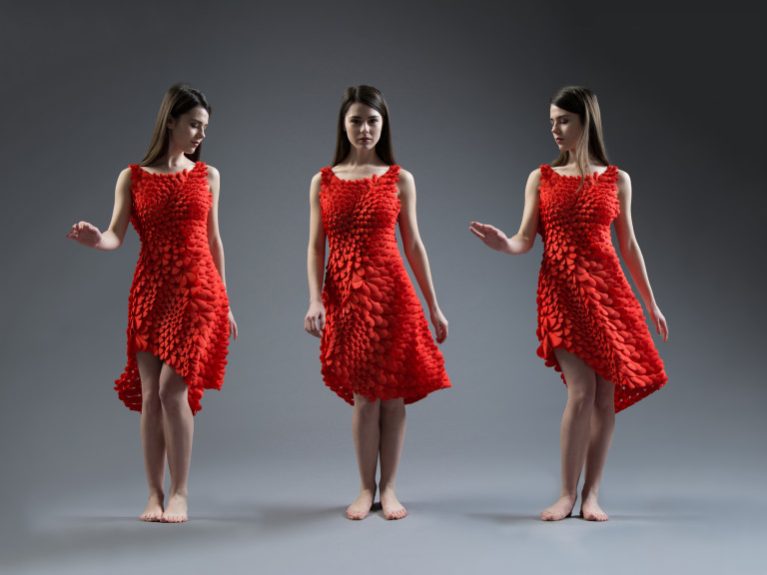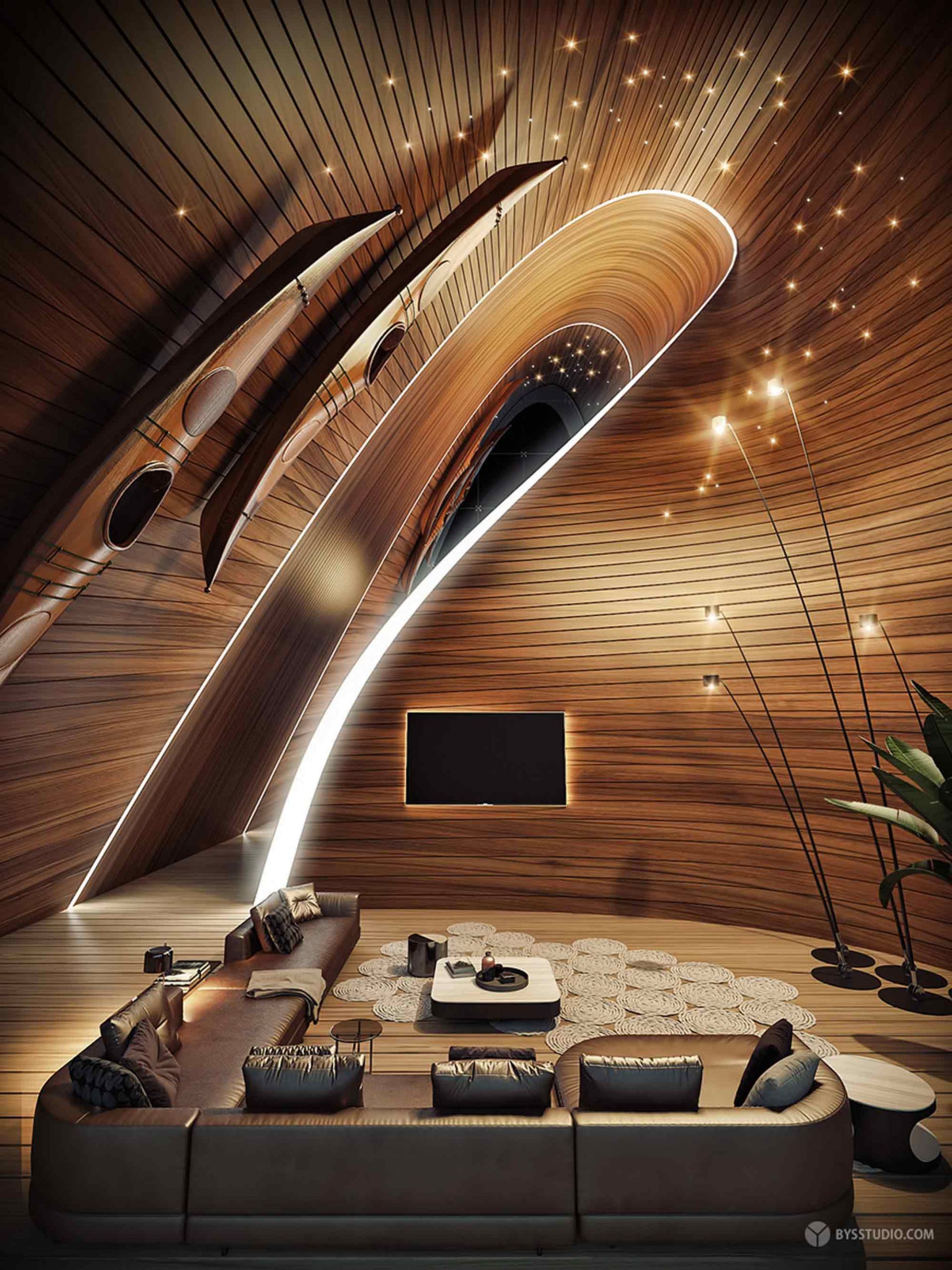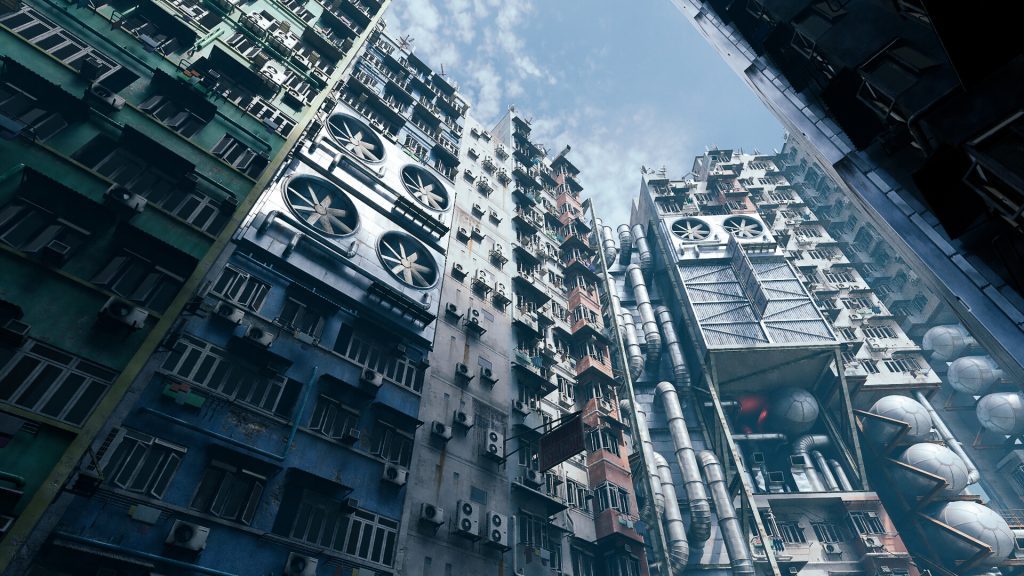
As architects, visualization is a big deal in our profession, and we can’t deny that. In our education, they teach us how to design and be aware of our surroundings and how to use them to our benefit; however, when we jump into the vast sea of professional life, marketing has a huge effect. We can make the perfect design and best sections and plan drawing. Still, if we can’t communicate with the contractor through visuals, all of these do not matter. That’s why we rely on rendering to express our idea.
What if I told you that we could make better visuals, not just realistic but also stylish visuals, with game engines and modeling software programs that are mostly used in the game industry?
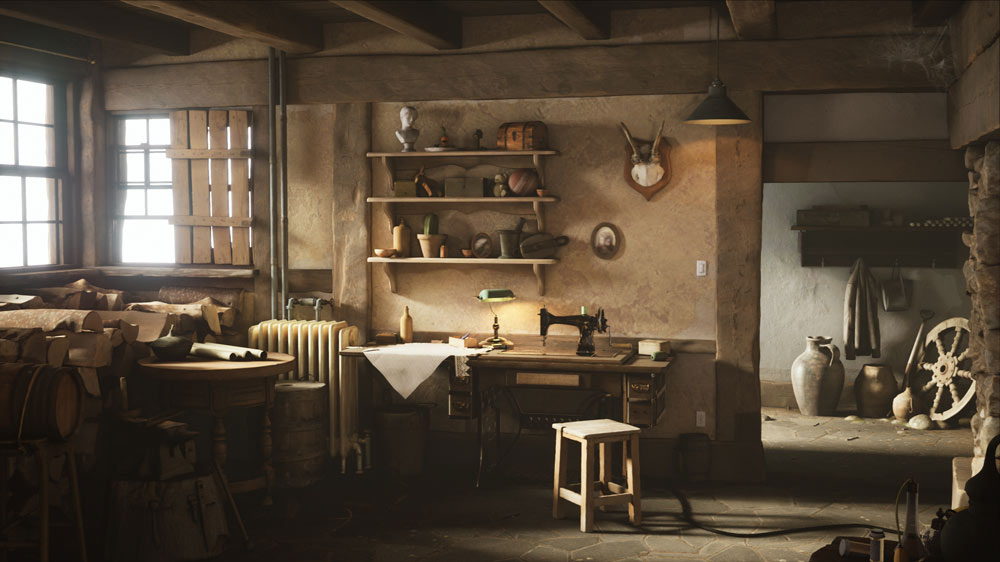
Games are one of the main reasons this technology improved through visual technologies. In the early 2000s, video games started to include large-scale 3D architectural environments with highly realistic visuals, well, at least in its time, it was highly realistic. In those games, we could experience this world either wandering around or driving a car and discovering its world.
Some well-known games with virtual cities in 2000 are Grand Theft Auto: 3 (Rockstar Games) and Mafia (Illusion Softworks). Games like those started to come up in order to make this virtual world way more interactive and increase its experience; despite the game mechanics, another way to do it is by improving its graphic. Make it more realistic. Therefore, we owe games for next-level visuals. Even some of the AAA Game companies made their own Game Engine to do it; however, it’s close to the public. However, we will talk about some Game Engines and 3D Model Software that is open to the public and free to use that can upgrade your renders.
Unreal Engine
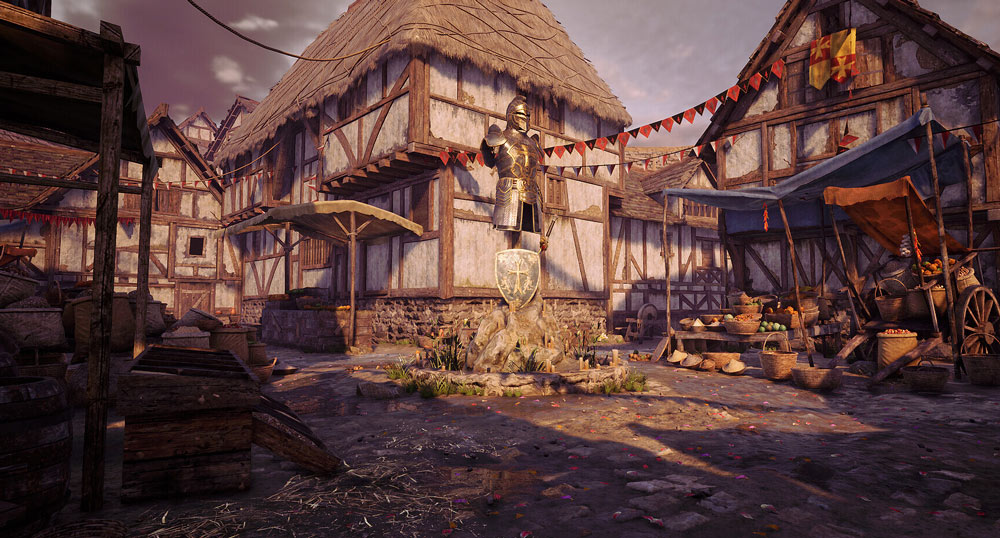
We have all heard of Unreal Engine (UE5) and how powerful its renders. Although what makes Unreal Engine so special, especially Unreal Engine 5? Well, there are two aspects that right now make UE5 extraordinary. The first one is Lumen. Lightning is important if you are trying to achieve photo realism, and UE5’s Lumen might be for you.
In the real world, light is not vectorial; it reflects through the surface, picks up the surface’s color, and lights the room. Like when natural light enters the room, the room starts to light colored depending on its wall color. It also lightens the hallway and creates an effect called color bleed. However, in most of the rendering software, light is coded in vectors; it does not reflect around space, not that they are not doing it, but they can’t do it because it’s so hard for the computer to calculate it.
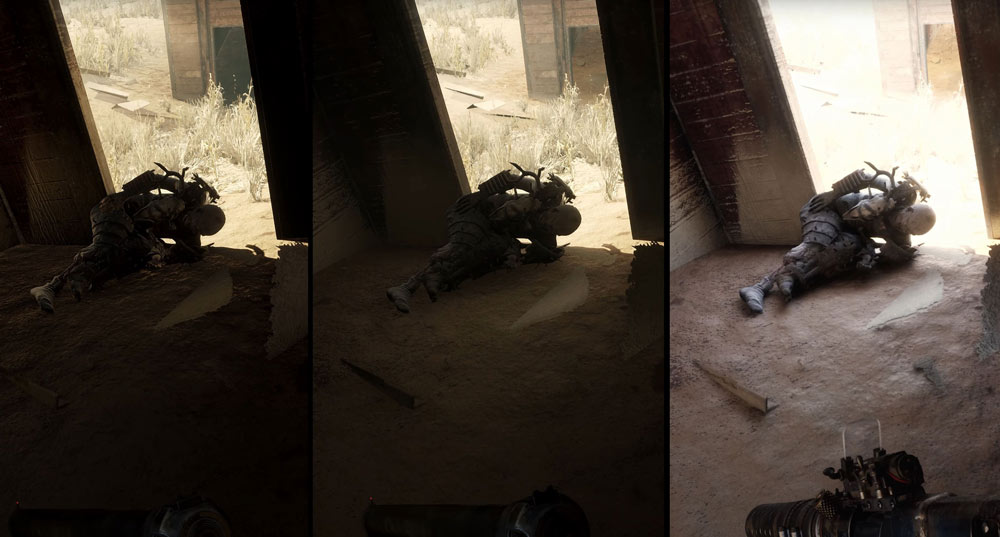
Lumen Global Illumination in UE5 solves diffuse indirect lightning, which is the thing that many engines are not able to do. Also, Lumen provides infinite diffuse reflects, which is important if your scene has bright diffuse materials. Nevertheless, UE5 also has a new thing called Nanite Virtualized Geometry, which allows geometry to be much more detailed. Still, I have better news for detailed and realistic geometries. However, I have to warn you; you might get lots of crashes in UE5, so be sure to save.
Quixel Bridge
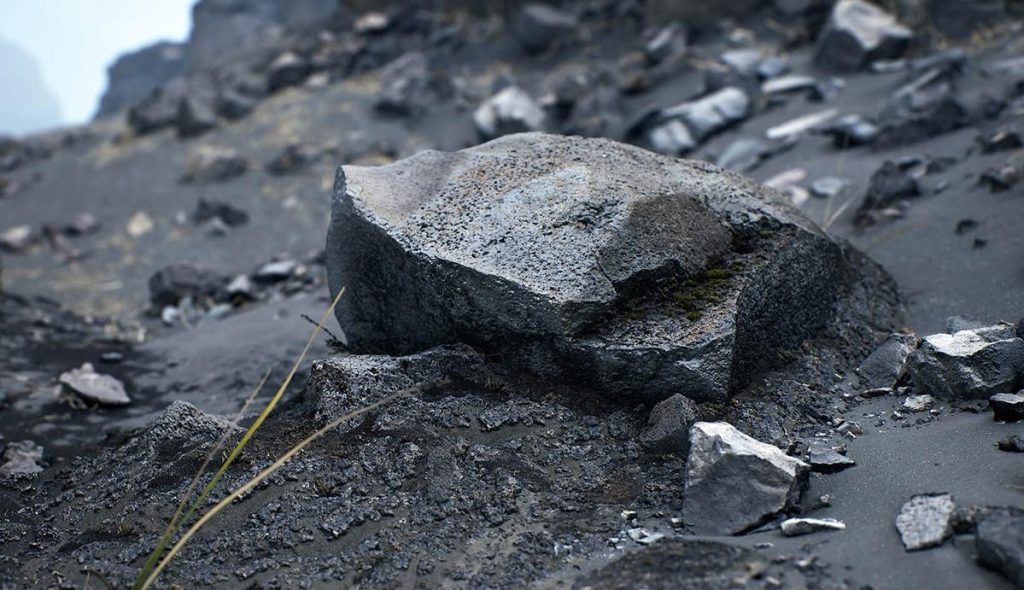
Well, lightning is not the only thing for photorealism. What important is the quality of materials and textures? What if I told you that you could use those materials for free in the image below?
This visual is not a photo; it’s a render from UE4 with the help of Quixel Bridge; you might ask, what is Quixel? Quixel is a library for textures, materials, and 3D models that is free to use. The main idea of Quixel is that every image, texture, material, and 3D model is actually taken from the real world. They are using mega scans. Scanning every element in the world and transferring it to the digital world.
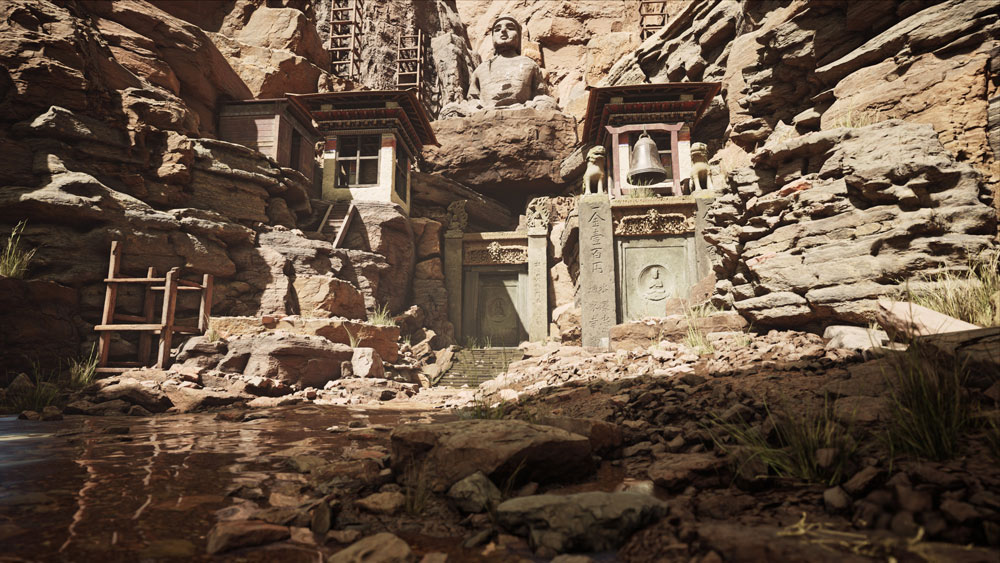
Why would you struggle with UV and texture mapping when you can take it from the real world? When this project started, it was mainly designed for games; when Epic Games bought the company, they opened it for everyone, so indie gamers (individual game developers) could use it. First, it was connected with Unreal Engine. Still, now Quixel Bridge works with various programs and has plugins for multiple render software, especially architectural software. Such as: 3DS Max, Arnold, V-Ray, Corona, Maya, Octane, Houdini, Blender, Cinema 4D, Unity 3D, and many more.
Blender
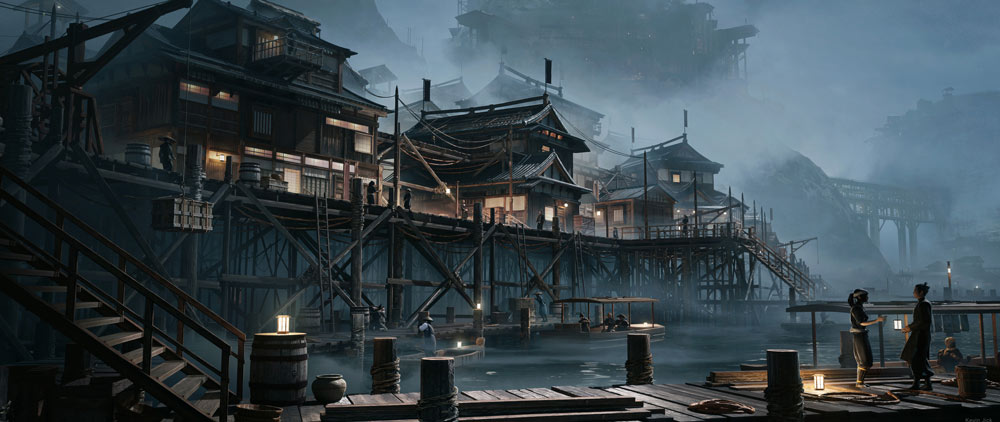
If you are looking for a program in which you can 3D Model and take photo-realistic renders, Blender might be for you. In its early times, Blender was a complex modeling program and was hard to use with many bugs. Still, in the time and contribution of its vast community right now, Blender is a popular modeling program.
So, what makes Blender special? Despite its geometry nodes (like Grasshopper), simulations, SubD, and many more modifiers. What makes it unique is its base render engines and add-ons.
Blender has two different render engines, Cycles, and Eevee. Cycle ambient occlusion is based on the distance between surfaces in 3D space. Eevee is based on the distance between surfaces according to the 2D image the screen sees.
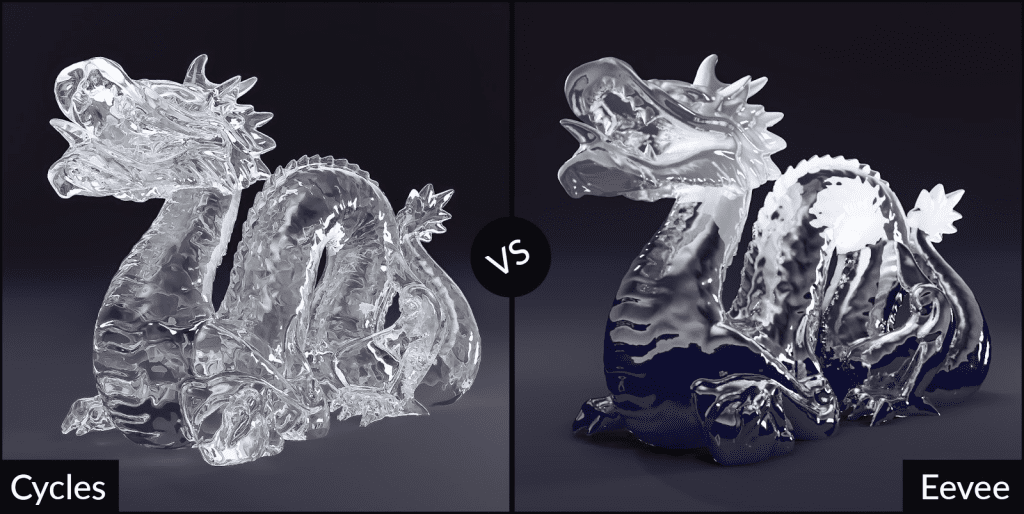
Regarding lighting, Cycles also have global illumination. They calculate information on each time light bounces and how it will hit the next surface and reflect the light. At the same time, Eevee uses light probes to approximate it. Light probes essentially take snapshots of the scene from their point in space and project the appropriate colors onto objects in their vicinity. Although in summary, if you want to make photo-realistic renders go with Cycles, but if you want to make it more stylish, Eevee has more potential for it; however, it will need more effort to do it in Eevee.
on a specific topic. Blender has various aspects. From sculpting to animation. You have to choose which path you want to focus on because you can’t learn them all; texturing and UV editing are different. However, that’s why we have add-ons. You can find plenty of add-ons that help you a lot, especially in rendering. Such as “EasyPBR” and “EasyHDR” add-ons will save you the time to assign materials to objects and HDRs to the world.
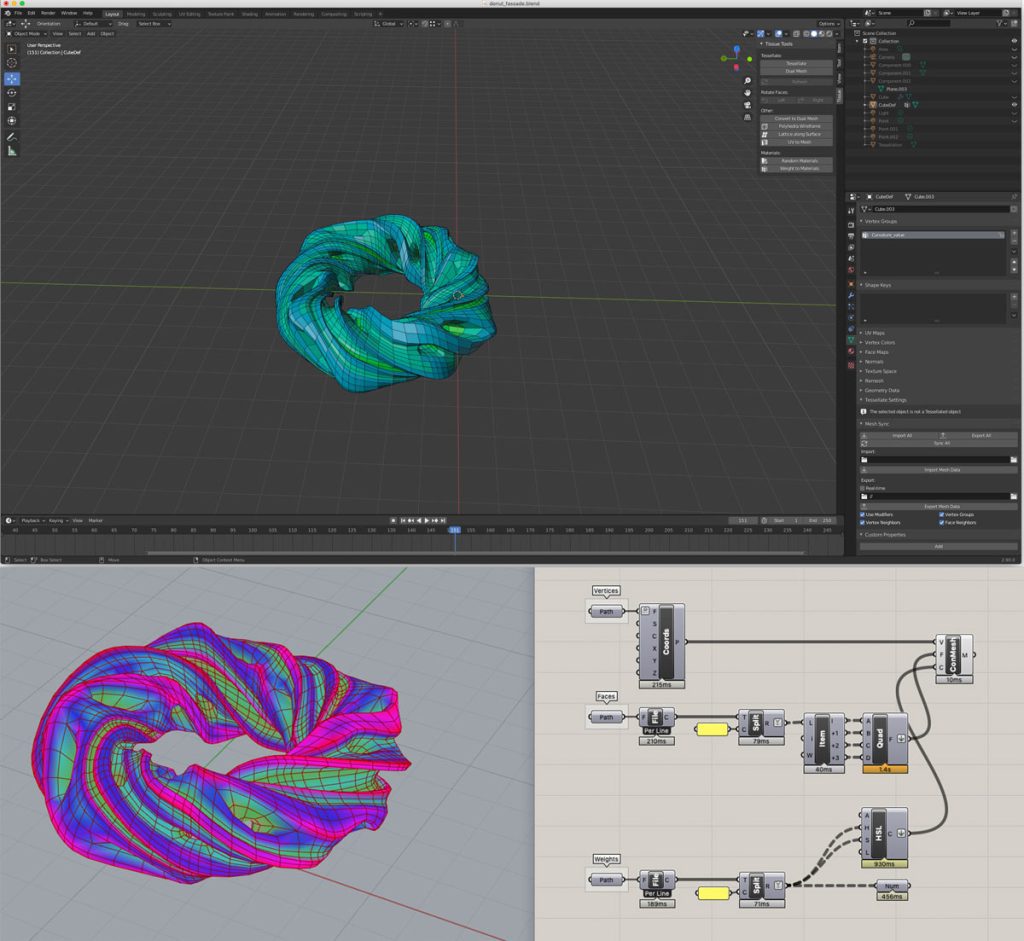
The “Scatter” add-on can help scatter random objects like plants or rocks on specific surfaces. “Botanic” and “Blenderkit” is very useful if you want ready objects for your scene. There is even a plugin called “Archipack,” which gives you a huge library of parametric assets like windows, stairs, and many more. There is even a plugin for live connection between Grasshopper and Blender. You can work on your project on Grasshopper and take your render in Blender (Grasshopper x Blender Connection).
Minecraft ArchViz
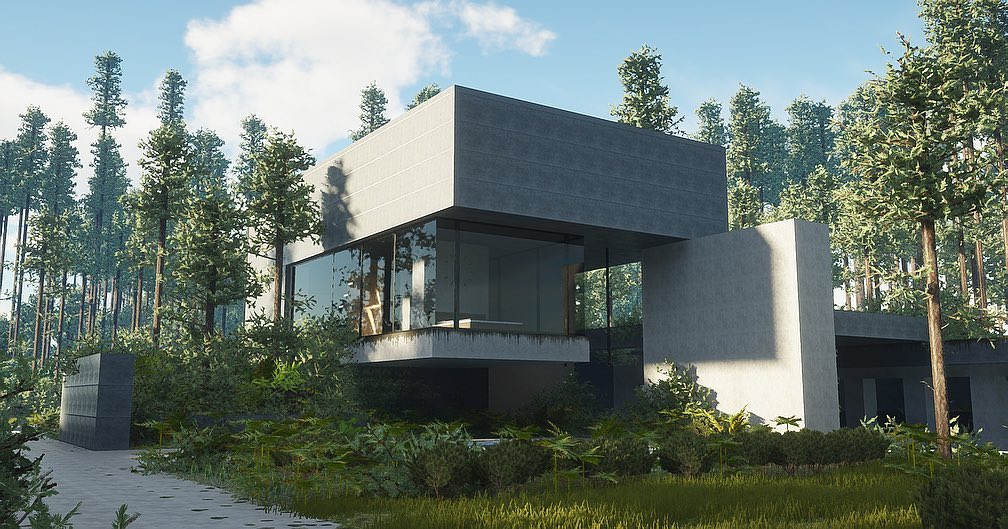
Well, we talked about a lot of technical detail let’s talk a bit about games, shall we? We all know Minecraft, right? The game is full of cubes. What if I told you that you could get a realistic render in this game? Crazy right?
A group called “ultimate.immersion” develops mods for various popular games. Especially for visual development in order to make older games more playable. However, this group made a special mode just for Minecraft. A visual upgrade that you can use the game itself as a rendering program, well, rendering has never been this fun! You can’t export or import your models, so you have to build quality time. If we have to talk about quality, don’t expect too many things, it has average quality, but if you are a first-year student or just want to design your dream house without any knowledge of 3D modeling and rendering or just have some fun, this can be for you.



